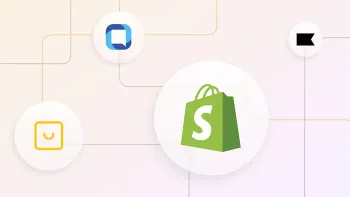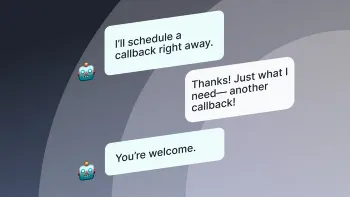
Guide to interviewing AI Agents
What makes an AI Agent different from the typical chatbots you’ve used in the past? Is the impact on ROI really that high?
Learn MoreThe latest news and expert advice on AI, automation, and customer service

Explore real-world examples of AI hallucinations, why they occur, and what's being done to address this challenge.

Subscribe to get a monthly roundup of the latest in AI, customer service, and technology.

Why does AI hallucinate? Here's some clear and effective ways to prevent, detect, and correct AI hallucinations.


Learn how you can scale support operations with AI email customer service — without the traditional constraints of human resources and rising costs.


AI hallucinations aren’t an insurmountable obstacle, but rather an opportunity to continuously refine and enhance our AI systems.


Ready to automate your customer service emails? Here are some things to consider.


Despite the undeniable impact of AI, only 24% of customer service professionals currently using it. Here's why.


Five email automation tools that can deliver personalized automated experiences, help you hit your CSAT goals, and cut costs.


Automate email responses to supercharge your customer service and give agents time to work on strategic tasks.


The future of CX automation is getting brighter and driving even better results. We recently covered this and more in our annual Spring product launch.


Here’s a breakdown of ecommerce customer service software that can simplify your job and help your brand stand out.


Companies are shifting their AI strategies to focus on supercharging leading models with their own data and processes. Here's why.


We've handpicked the top 7 Shopify apps for ecommerce to help you skip the guesswork.


Making the move from chatbot to AI agent for your customer service can be intimidating, but we’re here to break it down for you.
